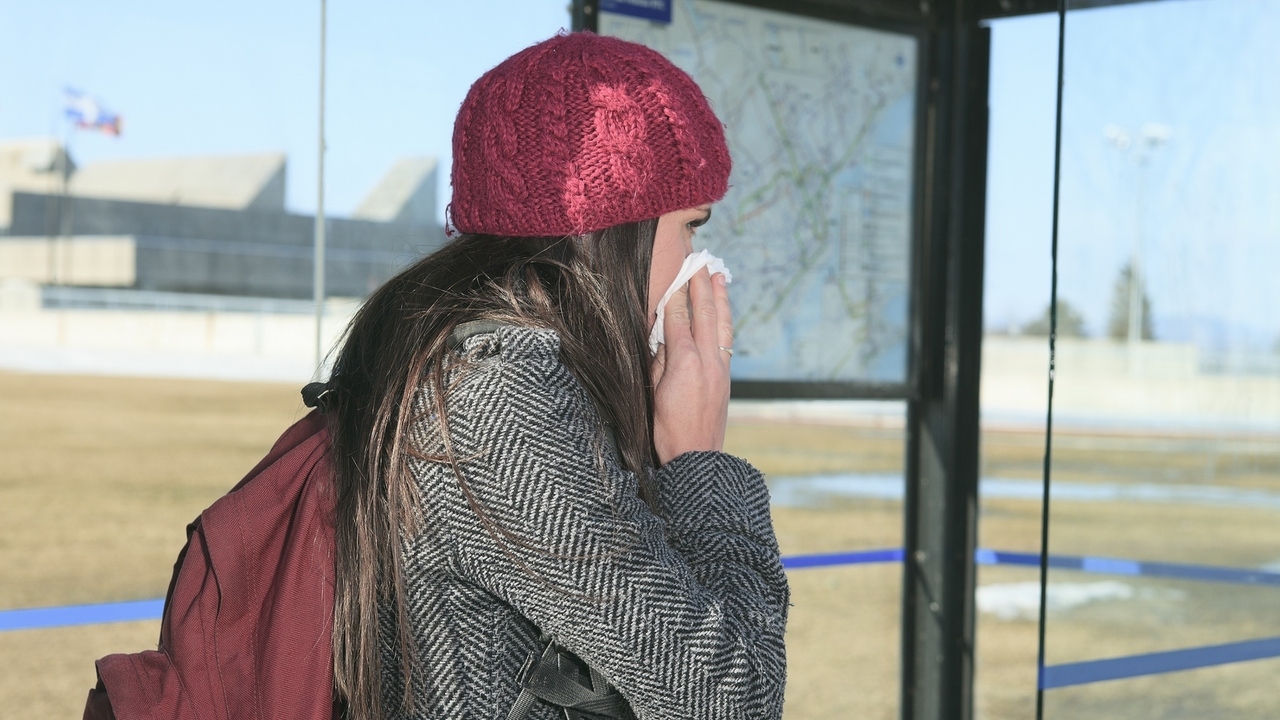What is Diffuse Parenchymal Lung Disease?
Diffuse parenchymal lung disease is one of several restrictive lung diseases. Alternate names for this disease include: diffuse interstitial lung disease, alveolitis, cryptogenic fibrosing alveolitis (CFA), and idiopathic pulmonary pneumonitis (IPP).
These are all conditions where the deep, inner tissues of the lungs become inflamed. Some of the membranes in between the alveoli and bronchi are so thin they can't even be observed under a microscope. But just like more visible structures, these membranes and tissues can also become inflamed and infected - and consequently affect normal breathing patterns.
When a person's total lung capacity (TLC), vital capacity, or resting lung volume is reduced that person is said to have a restrictive lung disease and investigation will begin into which specific condition is present. Parenchymal lung disease is also characterized by reduced gas transfer.
Restrictive lung diseases are divided into two groups according to the anatomical structures that they affect: intrinsic and extrinsic. Intrinsic lung diseases refer to diseases that cause inflammation or scarring of the lung tissue or fill the alveoli with exudate and debris (pneumonitis). Other such diseases include: idiopathic fibrotic diseases, connective-tissue diseases, drug-induced lung disease, and other primary lung diseases (including sarcoidosis). Extrinsic disorders affect the chest wall, pleura, and respiratory muscles.
In the early stages of these interstitial lung diseases, white blood cells, macrophages, and protein-rich fluid accumulate in the interstitial spaces (alveoli and the spaces around blood vessels and small airways), and cause inflammation. As the alveoli are destroyed, thick-walled cysts are left behind leaving the lungs to resemble a honeycomb and leading to an eventual diagnosis of pulmonary fibrosis.
Symptoms and Diagnosis
Normally, air flows in and out of the alveoli, causing the lungs to inflate and deflate with each cycle. Lung inflation does not only involve the lungs, but the working of many surroundings muscles, as well.
In restrictive lung diseases, such as diffuse parenchymal lung disease, functional residual capacity (FRC) - "the volume of air in the lungs when the respiratory muscles are fully relaxed and no airflow is present" (emedicine.medscape.com) - is reduced. Particularly relating to diffuse parenchymal lung disease reduced lung volumes are caused by "excessive elastic recoil of the lungs" (emedicing.medscape.com).
Symptoms are very similar to other lung conditions so further testing will be done to confirm which condition/disease is actually at work.
- shortness of breath, initially on exertion (climbing stairs, exercise) and progressively on engaging in other simpler activities, such as bathing or eating
- dry cough (no coughing up of phlegm)
- weight loss
- muscle and joint pain
- fatigue
- clubbing (abnormal enlargement of the base of the fingernails)
- cyanosis (blue coloring of the lips, skin or fingernails due to low blood oxygen levels)
To confirm the exact disease or condition present, medical investigation will include:
- blood tests to confirm or rule out connective tissue diseases
- bronchoscopy with biopsy
- chest X-ray
- CT scan
- lung biopsy
- measurement of blood oxygen levels at rest and during exertion
- pulmonary function tests
Treatments and Prognosis
Which treatment is initiated or even recommended depends on the actual condition present. Since the scarring of lung tissue is irreversible and the lung tissues can not regenerate once they've been destroyed, treatment will focus on making a patient comfortable and improving their quality of life. These treatments may include respiratory therapy with at-home oxygen treatments and lung rehabilitation through teaching of different breathing methods and ensuring a proper living environment and nutrient intake.
Intrinsic lung diseases occur, overall, in three to six cases of 100,000 with cases of idiopathic pulmonary fibrosis accounting for 27-29 cases per 100,000 people. For patients between 35-44 years, prevalence is 2.7 cases per 100,000, which increases to 175 cases per in patients over the age of 75. Those who have been exposed to dust, metals, organic solvent, and agriculture are at increased risk for developing a lung disease of this sort.
The progressiveness of any type of lung disease varies from patient to patient, as does the response to treatment. Equally, survival rates also vary from patient to patient.
Sources: www.merck.com; http://emedicine.medscape.com; http://health.allrefer.com; www.healthline.com;






Add a CommentComments
There are no comments yet. Be the first one and get the conversation started!